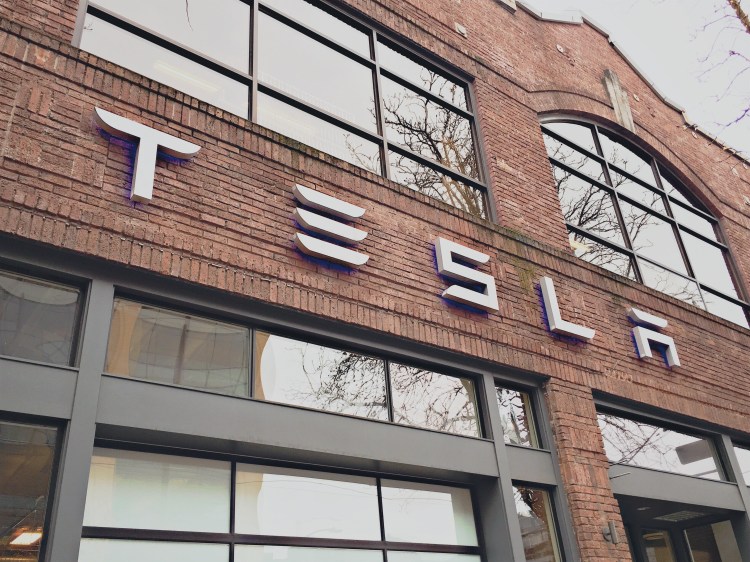Last week, Tesla Motors CEO Elon Musk issued an update to the “master plan” that he originally wrote way back in 2006.
The revised plan includes proposals for everything from an electric semi truck to the development of fully autonomous cars that could be shared among owners.
As with virtually all things Tesla, the plan has sparked both interest and debate.
Among industry analysts, reactions have been mixed. Some question whether Tesla can achieve these goals and whether the company will be able to deliver reliable operating profits for its shareholders if it does.
Some don’t think Tesla’s plan is that remarkable at all, given what other companies are planning in terms of electric cars and autonomous driving.
The new Tesla master plan may lead to impressive long-term developments, but it will create a short-term “cash-flow sinkhole,” Efraim Levy of S&P Global Market told The Detroit News. In the plan, Musk announced development of a compact SUV, a pickup truck, a semi truck, and an autonomous bus — each of which will require large amounts of cash to develop.
Musk also made the previously announced absorption of SolarCity a major pillar of the plan, but the estimated $3 billion deal hasn’t been approved yet. Following the announcement of the master plan, Tesla shares were down all day Thursday, closing at $220.50 per share, a decline of 3.4 percent.
Musk failed to specify any real timelines for the launch of most of the products and initiatives discussed in the master plan, a post on the investor site Seeking Alpha noted. No launch timelines were mentioned for the compact SUV and pickup truck, and Tesla has missed all of its own first deadlines for new vehicle launches thus far.

Musk did say that the Tesla Semi and autonomous electric bus would be revealed next year, but he could be referring to prototypes, as he did not say when actual production would start.
Another major pillar of the plan is the creation of a shared fleet of autonomous Tesla electric cars that could be used for ridesharing.
Yet despite the immense costs implied by the plan — and the vague timelines — Tesla’s roadmap has also received criticism for not going far enough.
The combination of electric powertrains, autonomous driving, and sharing services is already being pursued by established carmakers like Ford and General Motors, Karl Brauer — a senior analyst at Kelley Blue Book — told Just Auto.

In the end, it seems likely that Tesla’s master plan will never make sense as a conventional business plan. “If part one of Elon Musk’s master plan was like putting a man on the moon, part two is a lot more like colonizing the galaxy,” Edmunds director of industry analysis, Jessica Caldwell, explained. She added that the plan sounds “overly ambitious,” given the challenges Tesla already faces in meeting its short-term goals.
“That said, Tesla’s goals are far different from those of other automakers because they start and end with completely eliminating the need for fossil fuels,” she concluded.
“[Tesla’s] competition, meanwhile, is focused on mobility solutions first, and energy sources second.”
This story originally appeared on Green Car Reports. Copyright 2016
VentureBeat's mission is to be a digital town square for technical decision-makers to gain knowledge about transformative enterprise technology and transact. Learn More

